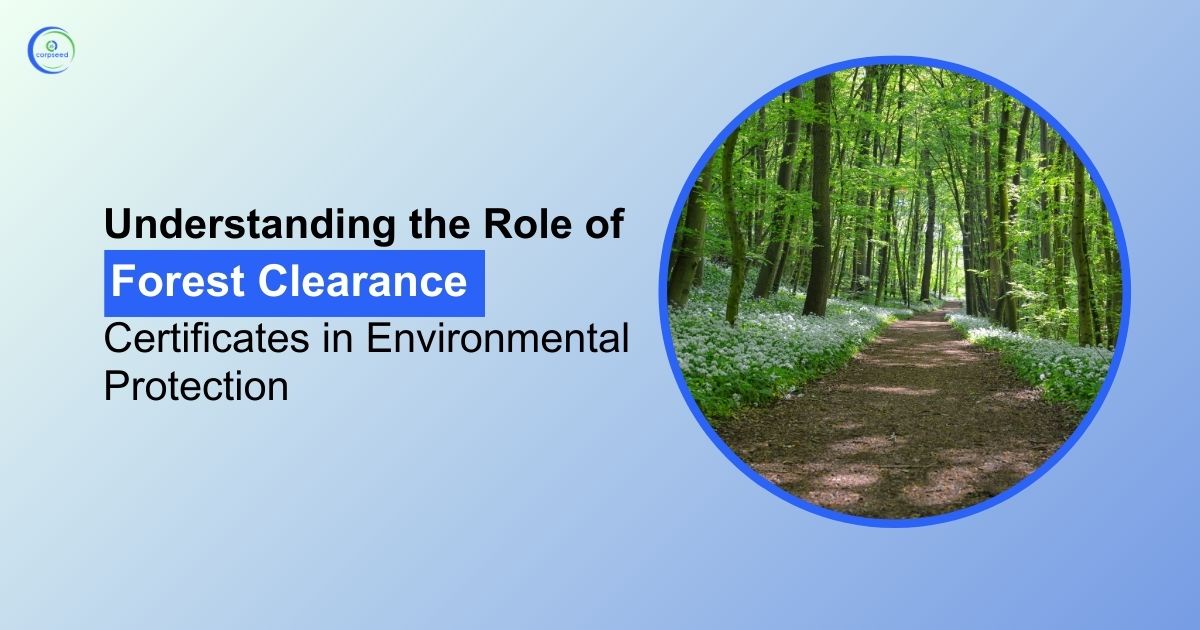Introduction:Forest Clearance Certificate
Forests play a crucial role in maintaining ecological balance, biodiversity, and overall environmental health. As human activities continue to expand, the need for land use changes often intersects with forested areas, leading to a potential threat to the environment. To strike a balance between development and conservation, regulatory measures such as Forest Clearance Certificates have been introduced. This article delves into the significance, legal framework, and the process of obtaining Forest Clearance Certificates, emphasizing their vital role in environmental protection.
Legal Framework and Regulatory Requirements of Forest Clearance Certificate
In many countries, the legal framework for environmental protection includes stringent regulations governing land use changes, especially those involving forests. Forest Clearance Certificates are typically mandated by environmental protection laws to ensure that any development project within or near forested areas adheres to sustainable and environmentally responsible practices.
Importance of Forest Clearance Certificate
- Facilitates Sustainable Development: FCC allows planned development while ensuring minimal ecological impact, fostering a sustainable balance.
- Biodiversity Conservation: The clearance process mandates assessments to safeguard the diverse flora and fauna within the forest ecosystem.
- Carbon Sequestration: Forests play a vital role in carbon sequestration; proper clearance procedures ensure sustainable management without jeopardizing this function.
Process for Obtaining Forest Clearance Certificate
- Preliminary Assessment: Project proponents initiate the process by conducting an environmental impact assessment to evaluate potential consequences.
- Public Consultation: Transparency is maintained through public consultations, allowing stakeholders to voice concerns and contribute to decision-making.
- Expert Committee Evaluation: An expert committee reviews the project's environmental impact and recommends mitigation measures if required.
- Final Approval: Once all criteria are met, authorities grant the FCC, outlining conditions for adherence during the project's execution.
Crucial Role of Forest Clearance Certificate in Environmental Protection
- Habitat Preservation: FCC ensures that projects do not encroach upon critical habitats, preserving the homes of numerous plant and animal species.
- Water Resource Conservation: Forests contribute significantly to water regulation; proper clearance safeguards water sources from degradation.
- Climate Change Mitigation: Forests are pivotal in mitigating climate change. FCCs ensure that activities do not compromise the ecosystem's capacity to sequester carbon.
Conclusion
In conclusion, Forest Clearance Certificates are pivotal instruments in striking a balance between development and environmental protection. By navigating through a rigorous approval process, these certificates contribute to the sustainable utilization of forest resources, minimizing the ecological footprint of human activities. As we face increasing pressure on natural resources, the role of Forest Clearance Certificates becomes even more critical in ensuring that development progresses hand-in-hand with the preservation of our invaluable ecosystems.


No comments yet